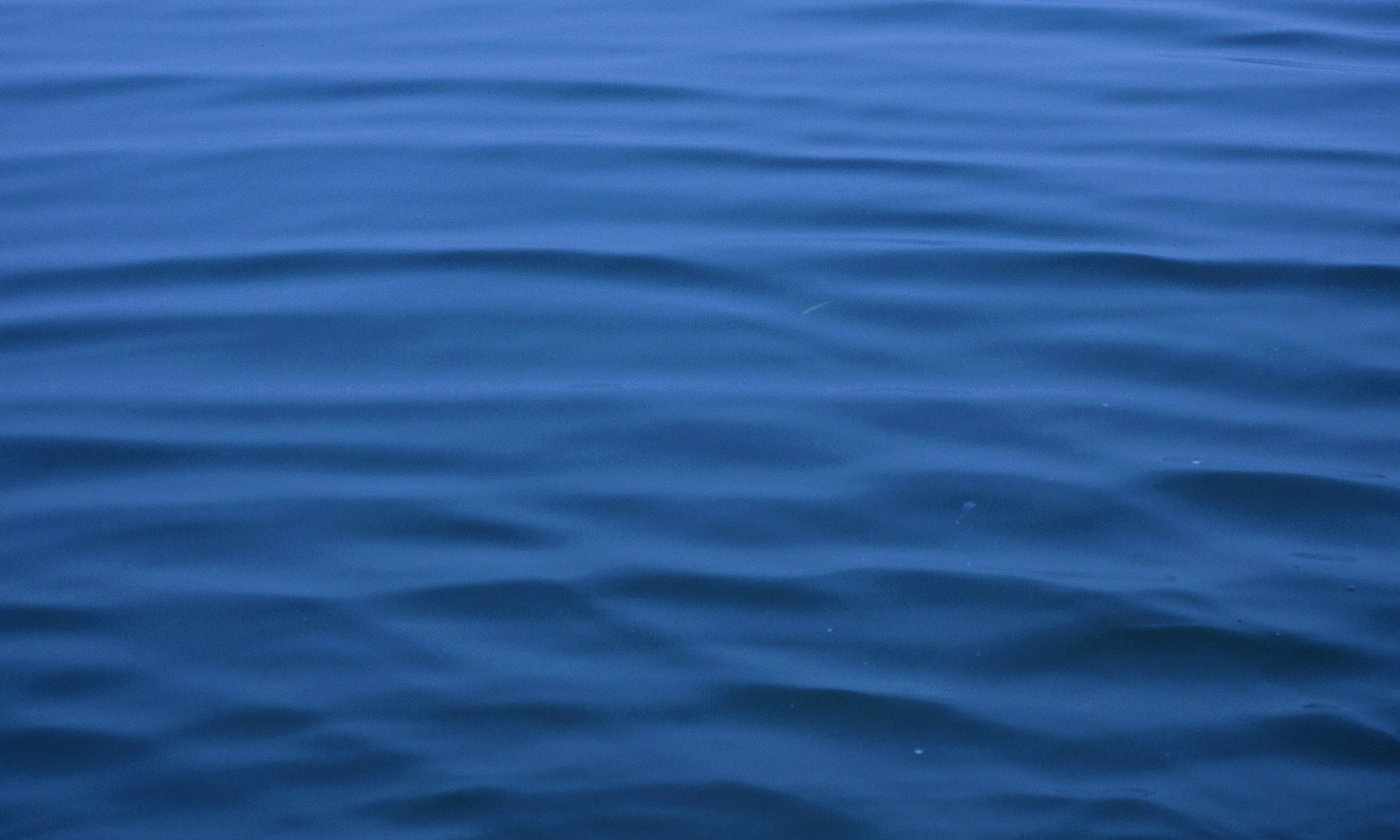Lake trout supported an important commercial and sport fishery in the Great Lakes until sea lamprey, overfishing and pollution decimated naturally reproducing populations. By the 1950s, the combination of these factors resulted in the extirpation of lake trout from Lake Michigan. For several decades, management agencies have been working to re-establish self-sustaining, naturally reproducing lake trout populations in Lake Michigan through sea lamprey control programs and hatchery stocking. Recent increases in the proportion of unmarked lake trout adults in fall spawning surveys has revealed the possibility that adults are successfully spawning on deep-water reefs in southern Lake Michigan and that steps are being made toward rehabilitation of lake trout in Lake Michigan. In particular, the proportion of wild to stocked lake trout captured at spawning sites in Illinois has approached 50% in recent years, suggesting that significant natural recruitment is occurring in southern Lake Michigan.
 The Sport Fish Ecology Lab (SFEL), in collaboration with the University of Wisconsin, Milwaukee, is currently assessing natural recruitment of lake trout at Julian’s Reef, a historical spawning site in southern Lake Michigan. Eggs are collected in traps during the fall spawn, and a remotely operated vehicle (ROV) equipped with eloectrofishing gear is deployed to collect lake trout fry in the spring. Together, the egg traps and ROV observations can identify if successful spawning occurs at Julian’s Reef, and if so, which microhabitat characteristics are preferred for egg deposition, which microhabitats provide the best conditions for recruitment, and what are that potential hurdles to recruitment, such as egg predation by invasive round gobies or the colonization of spawning sites by non-native Dreissenid mussels.
The Sport Fish Ecology Lab (SFEL), in collaboration with the University of Wisconsin, Milwaukee, is currently assessing natural recruitment of lake trout at Julian’s Reef, a historical spawning site in southern Lake Michigan. Eggs are collected in traps during the fall spawn, and a remotely operated vehicle (ROV) equipped with eloectrofishing gear is deployed to collect lake trout fry in the spring. Together, the egg traps and ROV observations can identify if successful spawning occurs at Julian’s Reef, and if so, which microhabitat characteristics are preferred for egg deposition, which microhabitats provide the best conditions for recruitment, and what are that potential hurdles to recruitment, such as egg predation by invasive round gobies or the colonization of spawning sites by non-native Dreissenid mussels.
Results from this study can be used to inform lake trout management decisions, including future stocking sites, spawning site restoration goals, and the identification of additional spawning habitat in southern Lake Michigan.

